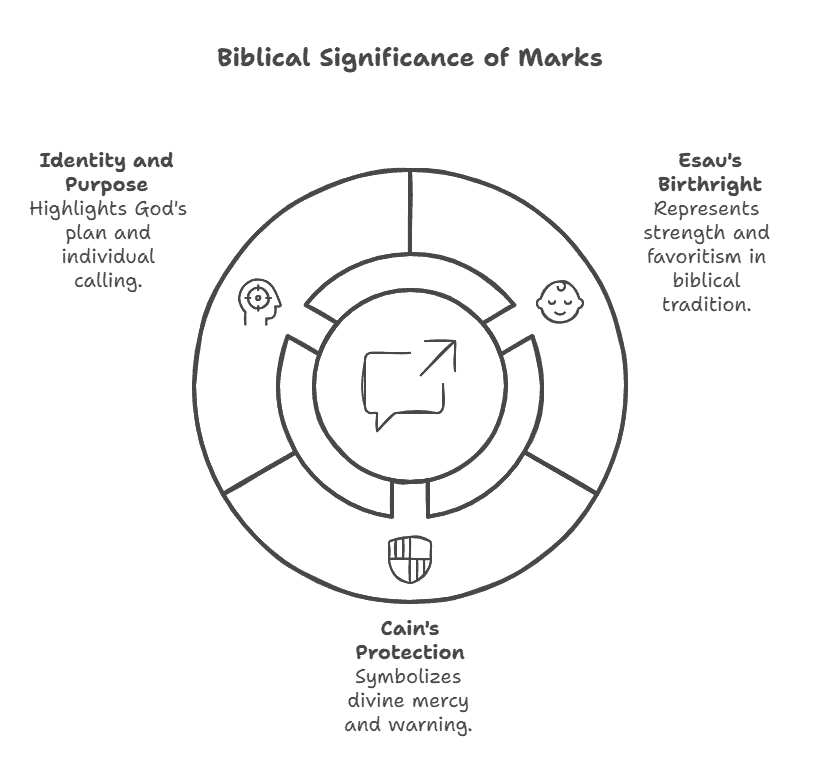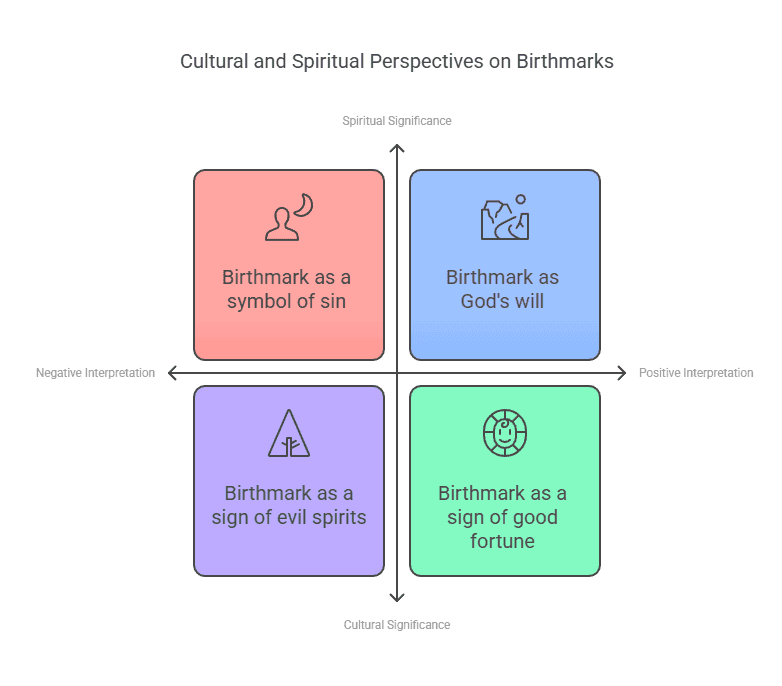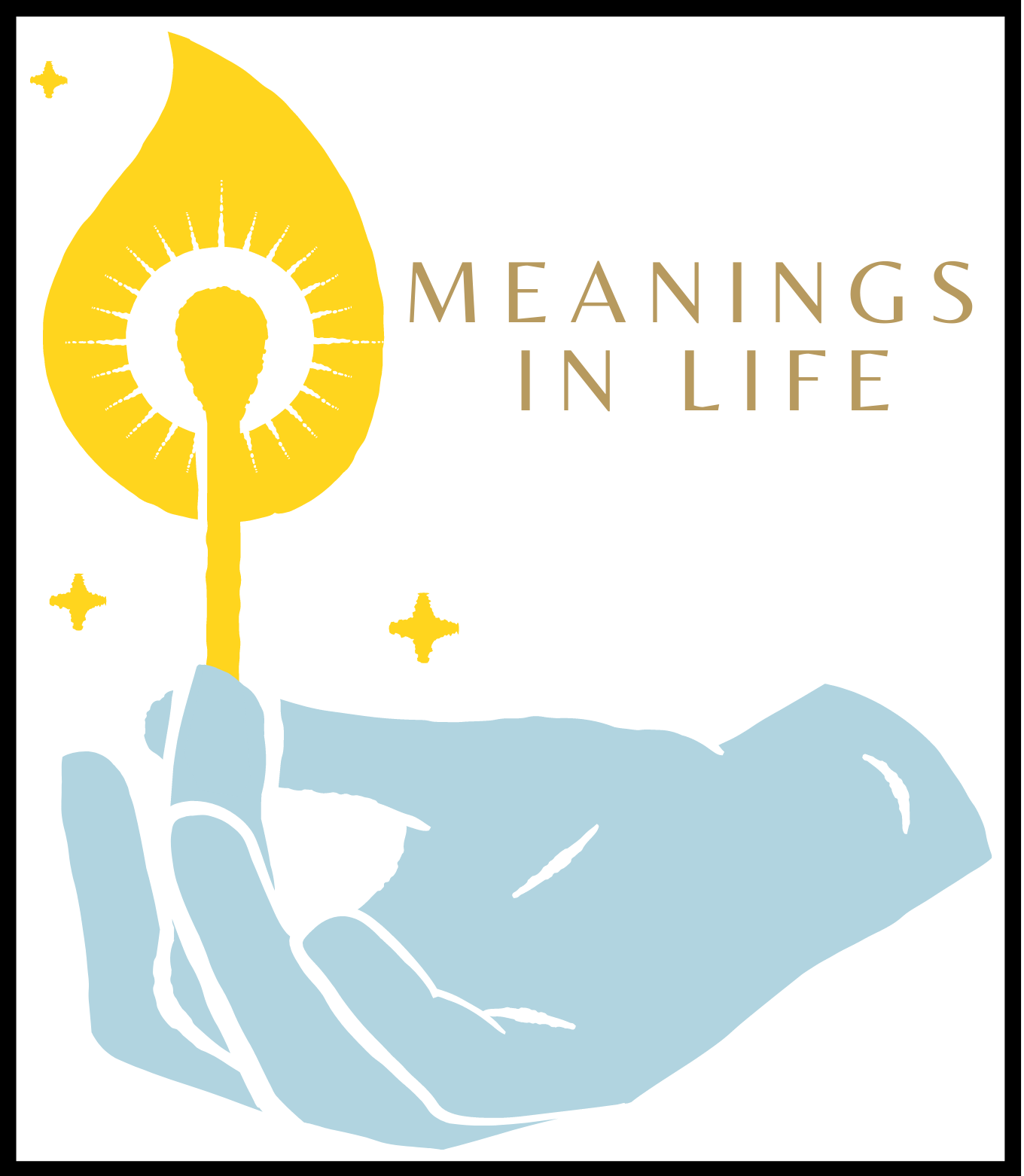When we talk about birthmarks, we are referring to a physical marking on the skin that is present at birth or appears shortly thereafter. These markings come in different sizes, shapes, and colors.
In various cultures around the world, birthmarks have been associated with different meanings and superstitions. Some believe that they bring good luck or bad luck, while others see them as a sign of beauty or a curse.
However, in this article, we will be focusing on the biblical perspective of birthmarks. The Bible has many stories that reference birthmarks and how they relate to God’s plan for individuals.
Understanding these stories can give us insights into how God communicates with us through physical markings. Before diving deeper into what birthmarks mean in the Bible, let’s take a moment to understand what they are and their significance in various cultures.
While some cultures see birthmarks as lucky charms or signs of beauty, others believe that they hold deeper meanings related to an individual’s destiny or fate. In Chinese culture, for example, it is believed that the location and shape of a birthmark can reveal insights into one’s character traits or future prospects.
Regardless of cultural beliefs and superstitions surrounding birthmarks outside of religious context, we will explore what the bible says about them throughout this article.
What are Birthmarks?
Birthmarks are a common occurrence that affects many people. They typically appear as patches of skin that have a different color or texture than the surrounding skin.
These marks can be present at birth or develop within the first few weeks of life. Depending on the location and type, some birthmarks can be quite noticeable while others may be hidden by clothing or hair.
There are two main categories of birthmarks: vascular and pigmented. Vascular birthmarks, also known as red birthmarks, occur when blood vessels in the skin form abnormally.
Examples include port-wine stains, which are flat and pinkish-red in color, and hemangiomas, which are raised and bright red. On the other hand, pigmented birthmarks result from an overgrowth of pigment cells in the skin and range from light brown to black.
Common Misconceptions About Birthmarks
Despite their prevalence, there are still many misconceptions about birthmarks. One common belief is that they result from something that happened during pregnancy or delivery. However, most birthmarks are simply a result of genetics and do not indicate any complication during pregnancy or childbirth.
Another misconception is that birthmarks can be removed easily with laser therapy or other medical procedures. While some types of birthmarks can be treated with these methods, others may require multiple treatments or may not respond at all to medical interventions.
It is important to note that having a birthmark does not necessarily mean that an individual has an underlying health condition or disease. In fact, most people with birthmarks lead healthy lives without any complications related to their mark.
Understanding what a birthmark is and its various types can help individuals better understand their own marks as well as those around them. Additionally, dispelling common misconceptions about these marks can help alleviate any unnecessary anxiety or concern surrounding them.
Birthmarks in the Bible

The Story of Jacob and Esau
In the book of Genesis, we read about Jacob and Esau, the twin sons of Isaac and Rebecca. Esau was born first, with a distinctive red birthmark covering his body. This mark was seen as a sign of his rugged masculinity and strength, making him a fitting heir to his father’s wealth and influence.
However, Jacob was cunning and sought to steal his brother’s birthright by tricking their father into giving him the blessing meant for Esau. As we know, this led to years of strife between the brothers, but it also highlighted the importance placed on physical markings in biblical times.
Esau’s red birthmark represented not only his physical appearance but also his position as firstborn and favored son. It reminds us that God has a plan for each person from before their birth—He knows our strengths, weaknesses, and calling—and it is up to us to trust in His sovereignty.
The Mark of Cain as a Symbol of God’s Protection
Another well-known reference to physical markings in the Bible comes from the story of Cain in Genesis 4. After killing his brother Abel out of jealousy, Cain was marked by God as punishment for his sin.
Many have speculated about what this “mark” looked like or whether it was visible at all. However, one interpretation is that this marking served as both a warning to others not to harm Cain (as he would be under God’s protection) but also as a reminder to Cain himself that he had committed an unforgivable crime against another human being.
While some may view this marking as negative or even shameful for Cain, it can be seen as an act of grace from God—allowing him to live despite committing such a heinous act. It also serves as a reminder to all of us that even in our darkest moments, God’s love and mercy are ever present.
Overall, these references remind us that physical markings can have both symbolic and practical significance in our lives. They can serve as reminders of our identity or purpose—whether chosen by God or given at birth—and can also help us recognize others who share similar beliefs or values.
Biblical Interpretations and Meanings of Birthmarks

The Bible does not explicitly state the meaning behind birthmarks, leaving much room for interpretation. However, some scholars believe that birthmarks represent a physical manifestation of God’s will or divine plan for an individual. Others interpret birthmarks as a symbol of sin or wrongdoing, such as in the story of Cain who was marked by God after killing his brother Abel.
Some believe that birthmarks are simply a natural occurrence with no spiritual significance. Regardless of individual interpretation, it is important to remember that every person is unique and their birthmark does not define them or their destiny.
How Different Cultures View Birthmarks
The significance of birthmarks varies across cultures. In some cultures, birthmarks are considered lucky or a sign of good fortune. For example, in China, a mole on the face is believed to bring wealth and success.
In other cultures, birthmarks may be seen as unlucky or even evil. Some African tribes believe that marks on the body are caused by evil spirits and may require exorcism or rituals to remove them.
Overall, it is important to approach different cultural beliefs with respect and an open mind. It is also important to remember that our physical appearance should never be used to judge our worth as individuals.
Symbolism and Significance
Birthmarks have been associated with different symbolic meanings throughout history. In the Bible, birthmarks are often seen as a sign of divine intervention or blessing.
Some cultures associate birthmarks with supernatural powers, while others consider them to be a mark of the devil. For instance, a person with a mole on their right cheek is said to be blessed by the gods in some cultures.
This is because the right side of the body is associated with strength and power. On the other hand, in Chinese culture, a mole on the left cheek signifies good luck and prosperity.
Similarly, birthmarks on certain parts of the body have different meanings too. For example, a birthmark on the forehead represents intelligence and wisdom, while one on the chest symbolizes love and loyalty.
Significance of Birthmarks in Relation to an Individual’s Destiny or Purpose
Some people believe that birthmarks are related to an individual’s destiny or purpose in life. It is thought that birthmarks are placed on specific parts of the body for a reason – either to remind us of something or to guide us towards our true path. For example, if you have a birthmark on your hand, it could mean that you were born with creative abilities that can be used for artistic expression or healing purposes.
Similarly, if you have a birthmark near your heart area, it could signify that you were meant to follow your heart in all matters. In this way, many people find comfort in their birthmarks as they believe they hold deeper significance than just being an irregularity on their skin.
The Power of Belief
Ultimately, whether we believe in any symbolic meaning behind our birthmarks is up to us as individuals. The power of belief can shape our experiences and our lives. For some, birthmarks may hold great significance, while for others they may simply be a unique physical trait.
One thing is for sure though, birthmarks have fascinated people for centuries and will continue to do so in the future. Whether we view them as good or bad luck, divine intervention or just a part of who we are, there is no denying that they add to the diversity and beauty of our physical bodies.
Conclusion
The Biblical Importance and Significance of Understanding Birthmarks
As we have seen throughout this article, birthmarks hold significant meaning in various cultures around the world. In the Bible, birthmarks were often viewed as symbols of God’s protection or as signs of an individual’s divine destiny or purpose. Understanding these meanings can provide a deeper understanding of biblical stories and messages.
Additionally, birthmarks can serve as a reminder that each person is uniquely created by God and has a special purpose in life. By embracing our physical characteristics, including any birthmarks we may have, we can embrace our individuality and appreciate the beauty that lies within each person.
Encouragement to Seek Further Understanding
While this article provides an overview of what birthmarks mean in the Bible, there is much more to explore on this topic. I encourage you to continue researching and reflecting on the significance of birthmarks in your own faith journey.
Consider talking to your spiritual advisor or others who may have insights on this subject. You could also seek out resources such as books or articles that delve into this topic more deeply.
Ultimately, by seeking further understanding, you can gain greater appreciation for how God works through individuals in unique ways. Embracing these differences can help us create a more accepting and loving community where everyone is valued for who they are.




